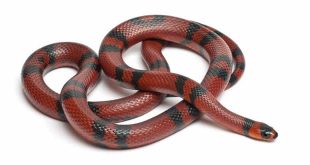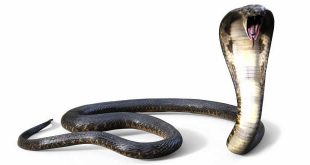 Gavial — The gharial (Gavialis gangeticus), sometimes called the Indian gharial or gavial, is one of two surviving members of the family Gavialidae, a long-established group of crocodile-like reptiles with long, narrow jaws. The gharial is the second-longest of all living crocodilians: a large male can approach 6 meters in length.
Gavial — The gharial (Gavialis gangeticus), sometimes called the Indian gharial or gavial, is one of two surviving members of the family Gavialidae, a long-established group of crocodile-like reptiles with long, narrow jaws. The gharial is the second-longest of all living crocodilians: a large male can approach 6 meters in length.
Northern Indian subcontinent: Bhutan (almost extinct), Bangladesh (close to extinction), India (present in small numbers and increasing), Myanmar (possibly extinct), Nepal, Pakistan (close to extinction). Usually found in the river systems of Indus (Pakistan) and the Brahmaputra (Bangladesh, Bhutan & North eastern India), the Ganges (Bangladesh, India & Nepal), and the Mahanadi (in the rainforest biome)(India), with small numbers in Kaladan and the Ayeyarwady River in Myanmar. It is sympatric, in respective areas, with the Mugger Crocodile (Crocodylus palustris) and the Saltwater Crocodile.
Riverine – most adapted to the calmer areas in the deep fast moving rivers. The physical attributes of the gharial do not make it very suited for moving about on land. In fact the only reasons the gharial leaves the water is either to bask in the sun or to nest on the sandbanks of the rivers.
Riverine – most adapted to the calmer areas in the deep fast moving rivers. The physical attributes of the gharial do not make it very suited for moving about on land. In fact the only reasons the gharial leaves the water is either to bask in the sun or to nest on the sandbanks of the rivers.
The Gharial is not a man-eater. Despite its immense size, its thin, fragile jaws make it physically incapable of devouring any large animal, including a human being. The myth that gharials eat humans may come partly from their similar appearance to Crocodiles and because jewelry has been found in their stomachs. However, the gharial may have swallowed this jewelry while scavenging corpses or as gastroliths used to aid digestion or buoyancy management.
 Kids Portal For Parents India Kids Network
Kids Portal For Parents India Kids Network


